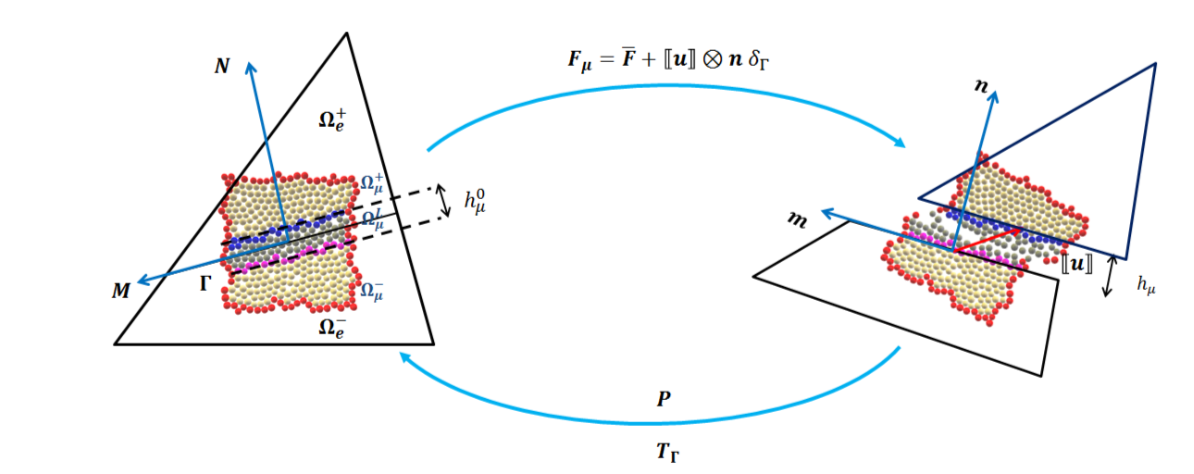|
Hybrid Data-driven multiscale modeling of brittle and ductile responses of fluid-infiltrating geomaterials
WaiChing Sun* Department of Civil Engineering and Engineering Mechanics, the Fu Foundation School of Engineering and Applied Science Columbia University in the City of New York 500 West 125 Street Mudd 614, New York, New York, USA e-mail: [email protected], web page: http://www.poromechanics.weebly.com ABSTRACT High-rate responses of wetted granular materials are important for projectile penetration in soils, explosion, subsurface exploration, ground improvement and ballistic vulnerability of military structures. While phenomenological models have achieved great success at predicting quasi-static responses of low confining pressure, high-rate responses of wetted granular materials are not well understood, capturing the influence of pore-fluid across different degree of saturation regimes for crushable geomaterials remains a major challenge. In principle, hierarchical multiscale methods such as DEM-FEM and FEM2 are proven to be effective to link simulations, but the coupled fluid-solid interaction is often confined in small scale problems that are not directly related to field applications. The purpose of this research is to create an alternative offline method that takes advantage of deep learning, a machine learning technique, as a mean to enable multiple coupling simulations that predict the interplays among the nanometer grain-scale behavior, the mesoscale path-dependent behaviors of the heterogeneous multi-porosity porous media and the kilometer-scale field responses of geological systems. Formulated in a finite strain dual-porosity poromechanics framework, the underlying graph-based data-driven multiscale algorithm may adaptively hybridizes conventional mathematical theories and data-driven knowledge in a directed graph based on the amount of data available for verifications. This hybrid modeling technique is then applied to various applications related to geological systems including calibrating and verifying micropolar models with micro-CT images, predicting coalescence and branching of fluid-driven fractures and modeling split-Hopkinson bar. Further information about the 2017 Young Investigator Research Program Meeting can be found at: https://community.apan.org/wg/afosr/w/researchareas/19426/2017-young-investigator-research-program-yip-meeting/
0 Comments
Leave a Reply. |
Group NewsNews about Computational Poromechanics lab at Columbia University. Categories
All
Archives
July 2023
|





 RSS Feed
RSS Feed